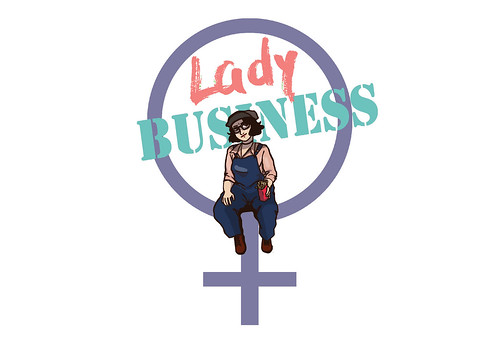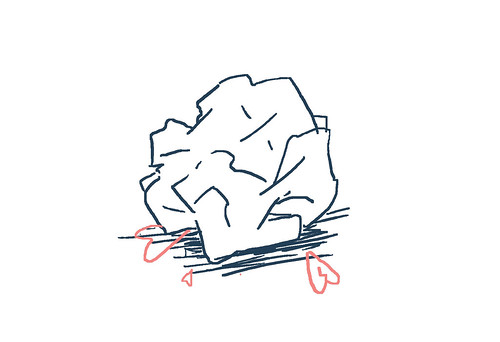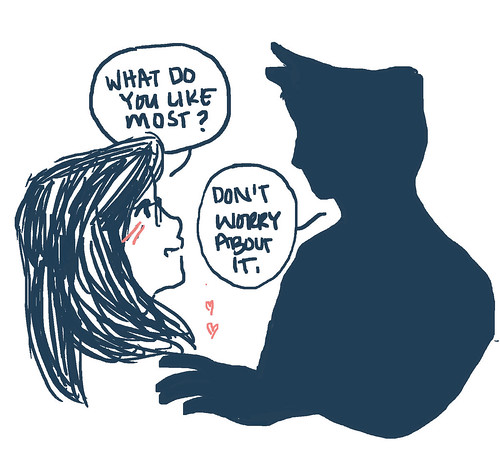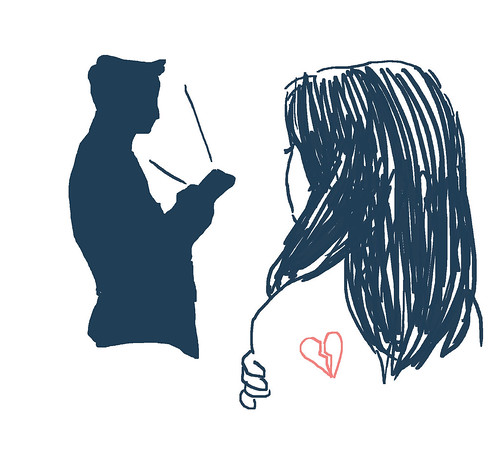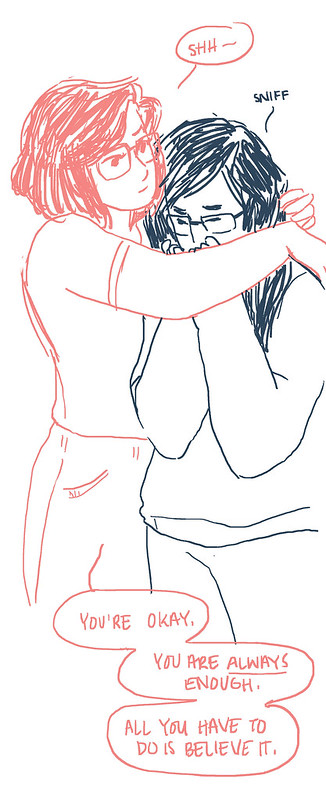By Robine Jean-Pierre
Many of my peers would agree that we rarely studied grammar throughout most of our years of primary education. Grammar was a ghost that introduced itself somewhere between kindergarten and third grade, only to never be seen again–and yet our teachers would expect us to remember all that it entailed through high school, and maybe even into college.
My eighth grade English teacher, Mr. Snyder, took it upon himself to teach us all that we had missed out on, knowing that our previous teachers had done us a disservice. Before we got into building our vocabulary and writing analytical essays, we started with the basic building blocks: parts of speech. To help visual, synesthetic learners like me, he associated colors and shapes with each one. I will walk you through what I remember from his class.
Nouns
I always knew a noun to be a person, place or thing, but it wasn’t until this class that a fourth option was added to this iconic phrase: a person, place, thing or idea (also known as an abstract thought). Our teacher circled nouns in red marker. In a sentence like “Joe tried to hide his disappointment as he waited on a bench in the park,” Joe is a person, the park is a place, the bench is a thing and disappointment is an idea; these are all examples of nouns. When it’s not so obvious, you can generally identify something as a noun if you can count it, if you can put “a/an” or “the” in front of it (these are called articles), or if it ends in something like -tion, -ness, or -ity, for example, action, sadness, and unity.
Pronouns
These take the place of nouns. Imagine how clunky and awkward it would be if every time you talked about someone, you had to use that person’s name: “Angel said Angel is on Angel’s way, so wait up for Angel.” This next sentence is a lot more concise: “Angel said he is on his way, so wait up for him.” He, his, and him are all pronouns which are replacing, and referring to, Angel. We have a good number of pronouns in English: I, me, my, mine, myself; you, your, yours, yourself; he, him, his, himself; she, her, hers, herself; it, itself; one, oneself; we, us, our, ourselves; they, them, their, theirs, themselves; this, that, these, those. This may sound like a lot to remember, but we use them all the time without even realizing it.
Verbs
Next are verbs, which Mr. Snyder underlined in green. Verbs are usually referred to as action words, such as “eat,” “sleep,” and “breathe.” Since something or someone (the subject) has to perform the action, verbs tend to follow right after nouns. If you have ever taken a foreign language class, you have had to learn all about verb conjugations; depending on the subject, some changes would be made to the verb. In English, the change is simple for regular verbs: just add -s at the end if the subject uses the pronoun he, she, it or one (i.e. second person singular). For example: I jump, you jump, he jumps, etc. Our most irregular but most common verb, “to be,” does not follow this pattern at all: I am, you are, he/she/it/one is, we are, they are. (This holds true in many Latin-based languages like French and Spanish.)
Adjectives
These words, which he boxed in purple, describe nouns, giving you more information about them. If your friend is telling you about a new crush, the conversation will be oozing with adjectives: she’s so smart, funny, talented; he’s handsome, dreamy, confident. Adjectives include colors, numbers, size, quality, and other attributes. You might find these anywhere in a sentence but they can also come directly before the noun they belong to: the cool breeze or the delicious pizza.
Adverbs
Our teacher made an orange triangle around these. Whereas adjectives describe or modify nouns, adverbs modify verbs. They tend to answer the question “how?” and they often end in -ly. In the sentence “She entered timidly, quickly taking a seat by the door,” timidly and quickly are the adverbs, and they are describing the way she entered and the way she took a seat. Other adverbs not ending in -ly include often, just, much, and so. We use these all the time, if you haven’t noticed.
I don’t remember the color coding for the next three, and they are also not as frequently talked about, but they are good to know:
Prepositions
These include some of the smallest, most frequently used words in our language: to, at, in, on, by, for, out, from, etc. Longer ones include under, between, through, and alongside. Their name, made up of “pre-” and “position,” give a hint as to how they are used: they tend to indicate direction or placement, and can easily answer the question “where?” when grouped with a noun: “I’m at the park on West 4th street by the pizzeria.”
Conjunctions
These connect words or parts of sentences to each other. They include and, or, but, because, whereas. Conjunctions establish a relationship between two or more elements. Or tells you that one out of several options is to be selected, not all of them: “Either I will be babysitting that night or doing my homework.”Another example: “You can only choose one color: red, green, or blue.” And may indicate that several things have something in common: “Nick, Joe and Kevin have black hair.” But tends to highlight a contrast: “It’s raining outside but I don’t have my umbrella.” Because has the word cause in it, and indeed links two clauses to create a cause-and-effect relationship. “I didn’t knock because I thought you were sleeping.”
Interjections
These words express emotion and for this reason tend to be exclaimed, for example: “Wow!” “Whoa!” “Gee whiz!” “Ouch!” It is interesting to note how these change from generation to generation within the same language (no one really says “gee whiz” anymore, unless it’s with a touch of sarcasm), and also vary from culture to culture.
I hope you found this helpful in learning (or relearning) the eight parts of speech, and that it wasn’t too difficult to follow. We shouldn’t take English for granted just because it’s our native language. The better we understand it, the better we can communicate.



